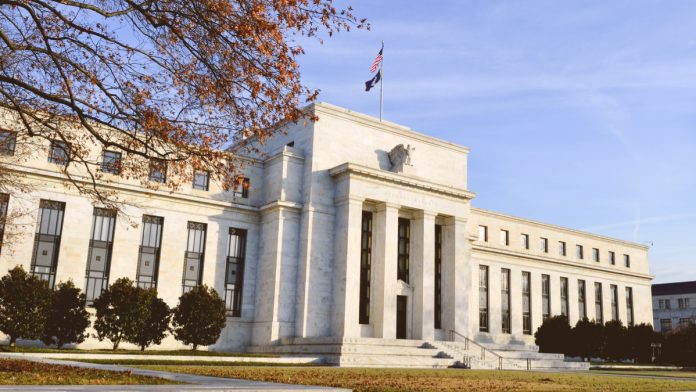The pound rallied to a high of US$1.2253 on Brexit optimism on Thursday. This was the highest that the pound has traded at versus the US dollar this month. The pair was slipping lower in early trade on Friday heading back towards US$1.22.
| What do these figures mean? |
| When measuring the value of a pair of currencies, one set equals 1 unit and the other shows the current equivalent. As the market moves, the amount will vary from minute to minute.
For example, it could be written: 1 GBP = 1.28934 USD Here, £1 is equivalent to approximately $1.29. This specifically measures the pound’s worth against the dollar. If the US dollar amount increases in this pairing, it’s positive for the pound. Or, if you were looking at it the other way around: 1 USD = 0.77786 GBP In this example, $1 is equivalent to approximately £0.78. This measures the US dollar’s worth versus the British pound. If the sterling number gets larger, it’s good news for the dollar. |
The pound surges in the previous session on optimism that a solution to the Irish backstop was possible. German Chancellor Angela Merkel boosted the pound by suggesting that she thought it was possible to overcome the current Irish backstop impasse over the next 30 days.
French President Emmanuel Macron was more sceptical he didn’t completely dash hopes. Instead Macron insisted that whilst adjustments could be made, they mustn’t stray too far from the current agreement. Whilst on Thursday Macron’s slight hint of optimism boosted the pound, today that optimism was fading. Pound investors are once again growing cautious that an acceptable alternative to the contentious Irish backstop part of the Withdrawal Agreement may not be found within the given time frame. Without an alternative a no deal Brexit would be the most likely scenario.
| Why is a “soft” Brexit better for sterling than a “hard” Brexit? |
| A soft Brexit implies anything less than UK’s complete withdrawal from the EU. For example, it could mean the UK retains some form of membership to the European Union single market in exchange for some free movement of people, i.e. immigration. This is considered more positive than a “hard” Brexit, which is a full severance from the EU. The reason “soft” is considered more pound-friendly is because the economic impact would be lower. If there is less negative impact on the economy, foreign investors will continue to invest in the UK. As investment requires local currency, this increased demand for the pound then boosts its value. |
US Manufacturing Sector Contracts
Demand for the dollar declined on Thursday following the release of data which showed that the US manufacturing sector of the economy slipped into contraction in August for the first time in almost a decade. The US manufacturing pmi unexpectedly dropped to 49.9 instead of increasing to 50.5, whereby 50 is the level which separates expansion from contraction.
The dollar was moving higher in early trade on Friday as investors looked ahead to Federal Reserve Chair Jerome Powell speaking at the annual central bankers gathering at Jackson Hole, Wyoming. Investors are wanting to know whether the Federal Reserve will be cutting interest rates in September. Leading into the speech which is at 2pm today, investors are 93.5% confident according to the CME FedWatch tool that the Fed will cut. This is down from 100% at the start of the week.
The minutes to the latest FOMC meeting showed that policy makers are extremely divided in the Fed over what to do with monetary policy. Signs that the Fed may not hike could push back investor expectations if a rate cut, lifting the dollar.
| Why do interest rate cuts drag on a currency’s value? |
| Interest rates are key to understanding exchange rate movements. Those who have large sums of money to invest want the highest return on their investments. Lower interest rate environments tend to offer lower yields. So, if the interest rate or at least the interest rate expectation of a country is relatively lower compared to another, then foreign investors look to pull their capital out and invest elsewhere. Large corporations and investors sell out of local currency to invest elsewhere. More local currency is available as the demand of that currency declines, dragging the value lower. |
DISCLAIMER
Currencylive.com is a site operated by TransferWise Inc. (“We”, “Us”), a Delaware Corporation.
The content on our site is provided for general information only. It is not intended to amount to advice on which you should rely. You must obtain professional or specialist advice before taking, or retain from, any action on the basis of the content on our site.
Although we make reasonable efforts to update the information on our site, we make no representations, warranties or guarantees, whether express or implied, that the content on our site is accurate, complete or up to date. Some of the content posted on this site has been commissioned by Us, but is the work of independent contractors. These contractors are not employees, workers, agents or partners of TransferWise and they do not hold themselves out as one. The information and content posted by these independent contractors have not been verified or approved by Us. The views expressed by these independent contractors on currencylive.com do not represent our views.





